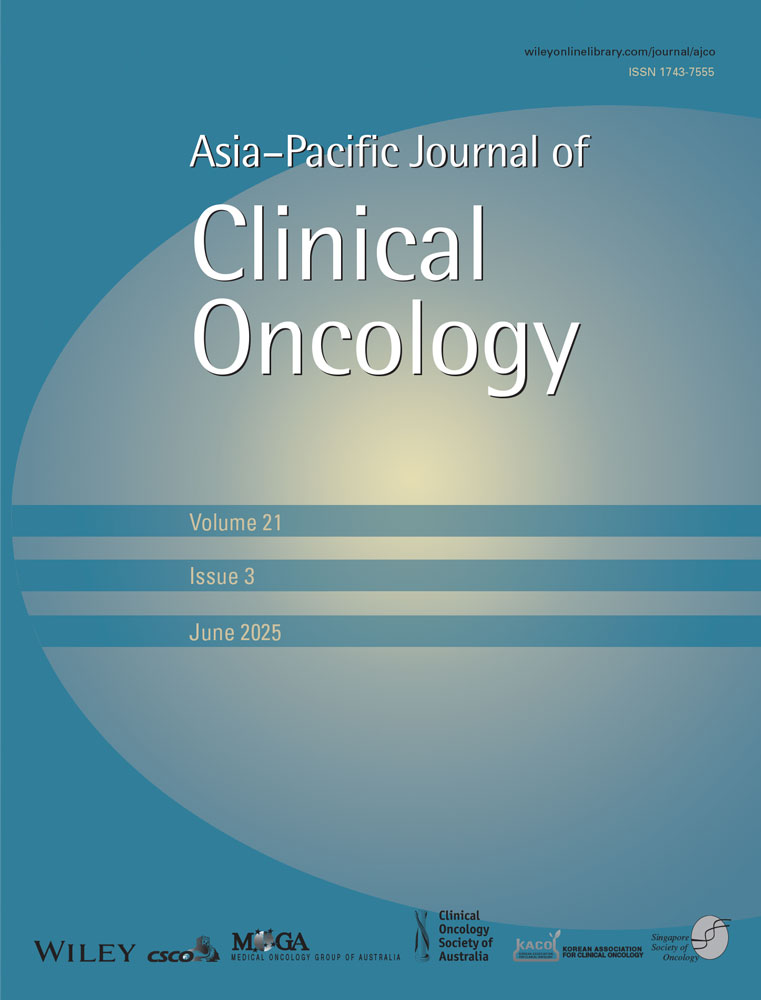Real-World Outcomes of Patients Treated With Gemcitabine Using Standardized Dose and Rate and Docetaxel for Advanced Soft Tissue Sarcoma in an Australian Sarcoma Center
ABSTRACT
Background
Gemcitabine and docetaxel (GD) is a common chemotherapy regimen for metastatic soft tissue sarcoma (STS). The GeDDiS trial compared GD with doxorubicin in the first-line setting, using gemcitabine 675 mg/m2 over a prolonged rate of 90 min—reporting a 20% response rate and 5.4-month median progression-free survival (PFS). We aimed to examine the real-world efficacy and toxicity of GD in our center, using a standardized dose of gemcitabine 900 mg/m2 over 30 min on Days 1 and 8 and intravenous docetaxel 75 mg/m2 over 60 min on Day 8 every 21 days.
Methods
A retrospective analysis was conducted of patients with unresectable or metastatic STS receiving GD between July 2018 and October 2022. Data collected included patient and tumor characteristics, dose intensity, toxicity, response, PFS, and overall survival (OS).
Results
Thirty-eight patients were included. Median follow-up was 19 months (range 3–30). Line of treatment (n) was first line (10), second line (13), ≥ third line (15). The median number of cycles was 6. Response rate was 42%, including 5% with a complete response. At the time of data collection, 33 patients had disease progression and 24 patients had died. PFS (median, 6-month rate) was 4.5 months and 44%. OS (median, 12-month rate) was 15 months and 65%. Grade 3/4 toxicity included anemia (21%), neutropenia (5%), thrombocytopenia (5%), and febrile neutropenia (3%).
Conclusion
These data demonstrate the activity of gemcitabine using a standardized dose and rate with docetaxel comparable to other published data and favorable toxicity in a real-life patient population despite altered gemcitabine dosing and a heavily pretreated patient population.
Conflicts of Interest
Madeleine Strach is the recipient of the Australian and New Zealand Sarcoma Association Clinical Research Fellowship and acknowledges funding of this award by Rainbows for Kate Foundation and The Kids Cancer Project. Madeleine Strach has also received fellowship funding from the European Society of Medical Oncology for unrelated research. The other authors declare no conflicts of interest.
Open Research
Data Availability Statement
The data that support the findings of this study are available on request from the corresponding author. The data are not publicly available due to privacy or ethical restrictions.




